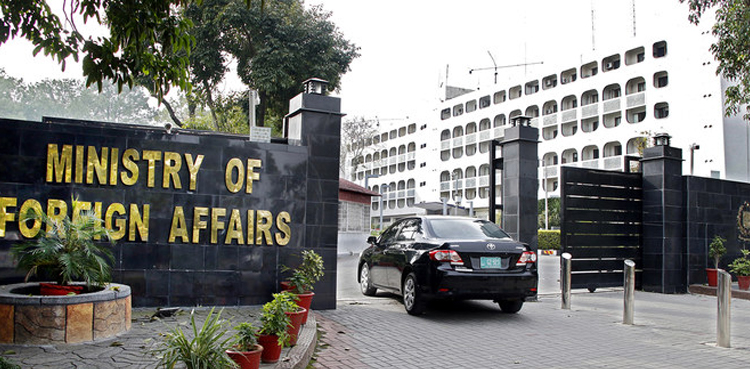Bloomberg reported that the Bank of America (BofA) raised its recommendation for Pakistan dollar bonds to overweight from market-weight, citing falling political uncertainty after the elections and possible rating improvements.
On the other hand, Moody’s Investors Service stated that Pakistan’s ratings, including its Caa3 long-term issuer rating with a stable outlook, remain unchanged.
It also warned about default risks for Pakistan if there were delays in funding from the International Monetary Fund (IMF) and other partners at the expiry of the existing Standby Arrangement (SBA) programme in April.
The Bank of America strategists, led by Vladim R Osakovskiy, wrote in a note, “We upgrade Pakistan to overweight from market weight with a fair value range of $70-75 in the longer end of the curve. The elections-related political uncertainty is falling, as remaining policy risks are largely the same as last year and have already been addressed once through the breakthrough with the IMF. We initiate a trade buy Pakistan notes due in 2026 with a target of 83, stop loss of 69.”
The bonds are trading at 77 currently. “The likely repayment of $1bn ‘24s maturing in April will likely provide support to the whole curve, but mainly bring 25’-26’ into the spotlight of market attention, likely forcing further bull-steepening.
“The longer end may benefit from likely progress with the new IMF programme, as the market may start to price in gradual rating improvements, as already hinted at by S&P. We note remaining political tail risks as the market may closely monitor cabinet appointments, evaluating key members on their ability to deliver on IMF conditions.”
Meanwhile, Moody’s warned about default risks for Pakistan if there were delays in funding from the IMF and other partners after the expiry of the existing Standby Arrangement (SBA) programme in April 2024, though it underlined Pakistan’s ratings with a stable outlook remains unchanged.
Moody’s Investors Service completed a periodic review of the ratings of Pakistan in which it reassessed and stated that Pakistan’s ratings, including its Caa3 long-term issuer rating, with a stable outlook, remain unchanged.
“Pakistan’s credit profile reflects the government’s very high liquidity and external vulnerability risks as the very low levels of foreign exchange reserves remain well below what is required to meet its very high external financing needs over the near to medium term” Moody’s stated.
The country’s very weak fiscal strength and elevated political risks also constrain its credit profile. At the same time, Pakistan’s credit profile takes into account its large economy and moderate growth potential, which contribute to its moderate economic strength. It further states that Pakistan’s government liquidity and external vulnerability risks remain very high, even as the caretaker government has maintained economic stability and pushed through some reforms over the past few months, unlocking financing from the IMF and other multilateral and bilateral partners and resulting in a modest accumulation of foreign exchange reserves.
“While Pakistan is likely to meet its external debt obligations for the fiscal year ending June 2024, there is limited visibility regarding the sovereign’s sources of financing to meet its very high external financing needs after the current IMF Stand-By Arrangement ends in April 2024,” it highlighted.
In addition, political risks are high, following a highly controversial general election held on 8 February 2024. Although a coalition government looks set to be formed primarily by the Pakistan Muslim League-Nawaz Party and Pakistan Peoples Party, there is high uncertainty around the newly elected government’s willingness and ability to quickly negotiate a new IMF programme soon after the current one expires in April.

















































